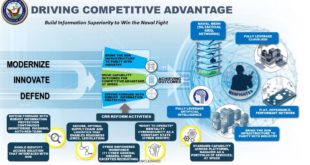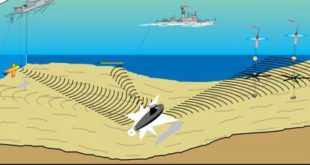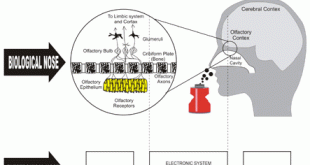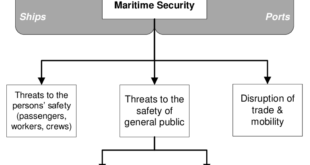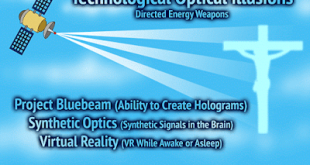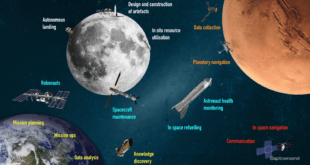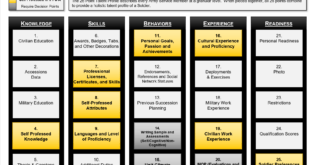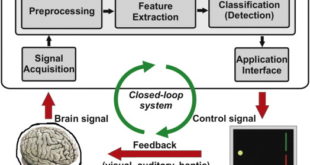The Department of the Navy Chief Information Officer Aaron Weis has released the DON Information Superiority Vision in Feb 2020 which conveyed the DON’s vision for information superiority through our information, modernized network design, and our workforce; and defines our way forward. As stated by General David H. Berger, …
Read More »Multistatic Sonar Technology has become key to Anti Submarine Warfare (ASW) operations
Three decades ago, only a handful of major powers had effective submarine capabilities but, today, fleets in operation around the world are growing rapidly. Emerging superpowers, like China, can add naval capacity equivalent to a European country’s in the space of a few years. The threat from submarines is serious …
Read More »Compact Electronic noses can monitor air quality, diagnoze diseases to biohazards like covid-19, explosives and nerve gas
Government and local law enforcement agencies have employed canines for decades to sniff explosives and such banned goods as fresh produce, exotic wildlife, undeclared currency and illicit drugs. Now researchers are developing electronic noses imitating the sense of smell of humans and animals especially dogs. The smells are composed of molecules, …
Read More »Rising Maritime threats require Smart Ports, Ship security and safety technologies to improve security and stability of maritime domain
The oceans are vital to the overall growth of the world economy and population, and to the continued economic integration of nations. The oceans are a primary source of food, energy, and transportation, all key requirements of human activity in an interconnected world. They are also essential to meet the …
Read More »Psychological warfare becoming sophisticated with development of new tools and technologies
Psychological warfare involves the planned use of propaganda and other psychological operations to influence the opinions, emotions, attitudes, and behavior of opposition groups. The targets of such propaganda campaigns can include governments, political organizations, advocacy groups, military personnel, and civilian individuals. While all nations employ it, the U.S. Central …
Read More »Navies require Automated AUV Launch and Recovery System for a variety of Ships , USVs or submarine platforms
UUVs—submersible unmanned vehicles—are divided into two categories: remotely operated underwater vehicles (ROVs) and autonomous underwater vehicles (AUVs). ROVs are controlled and powered by a person or crew on either land or neighboring craft via an umbilical or using remote control. The truly autonomous AUV systems are typically deployed from a …
Read More »AI and Machine Learning being employed by Space Agencies for space exploration and Space Force for Space Warfare
Artificial intelligence has long been transforming our daily lives and the daily operations of many businesses. From smart assistants like Siri and Alexa to more complex solutions that optimize business flow in large organizations, the technology has become so pervasive that it has almost become an inseparable companion. But AI’s power …
Read More »Vehicle to Grid (V2G) technology to decrease the overall cost of operating the commercial and military vehicle fleet
Vehicle electrification is one of the greatest developments in the automotive sector. Increasing apprehension about environmental fortification has prompted the research that greatly propelled the electric mobility around the globe. By 2025, 7 million electric vehicles are projected to be on the road in the US, with 5 million charge …
Read More »Army turns to data analytics and machine learning for skill identification, talent recruitment and development
The National Defense Strategy and the Army Strategy both point out that the global security environment is increasingly complex and shaped by several emergent trends. In the past, the Army has enjoyed a competitive advantage over any potential adversary in capital, technology, and people. More recently, however, near-peer, revisionist great …
Read More »Militaries developing Machine Learning Algorithms to decode Brain Signals for Brain-computer interface (or BCI)
Brain-computer interface (or BCI) is basically setting up a connection between the human brain and the computer device to control or to perform certain activity using brain signals. These brain signals are translated as an action for a device. The interface thus provides a one-to-one communication pathway between the brain …
Read More » International Defense Security & Technology Your trusted Source for News, Research and Analysis
International Defense Security & Technology Your trusted Source for News, Research and Analysis
